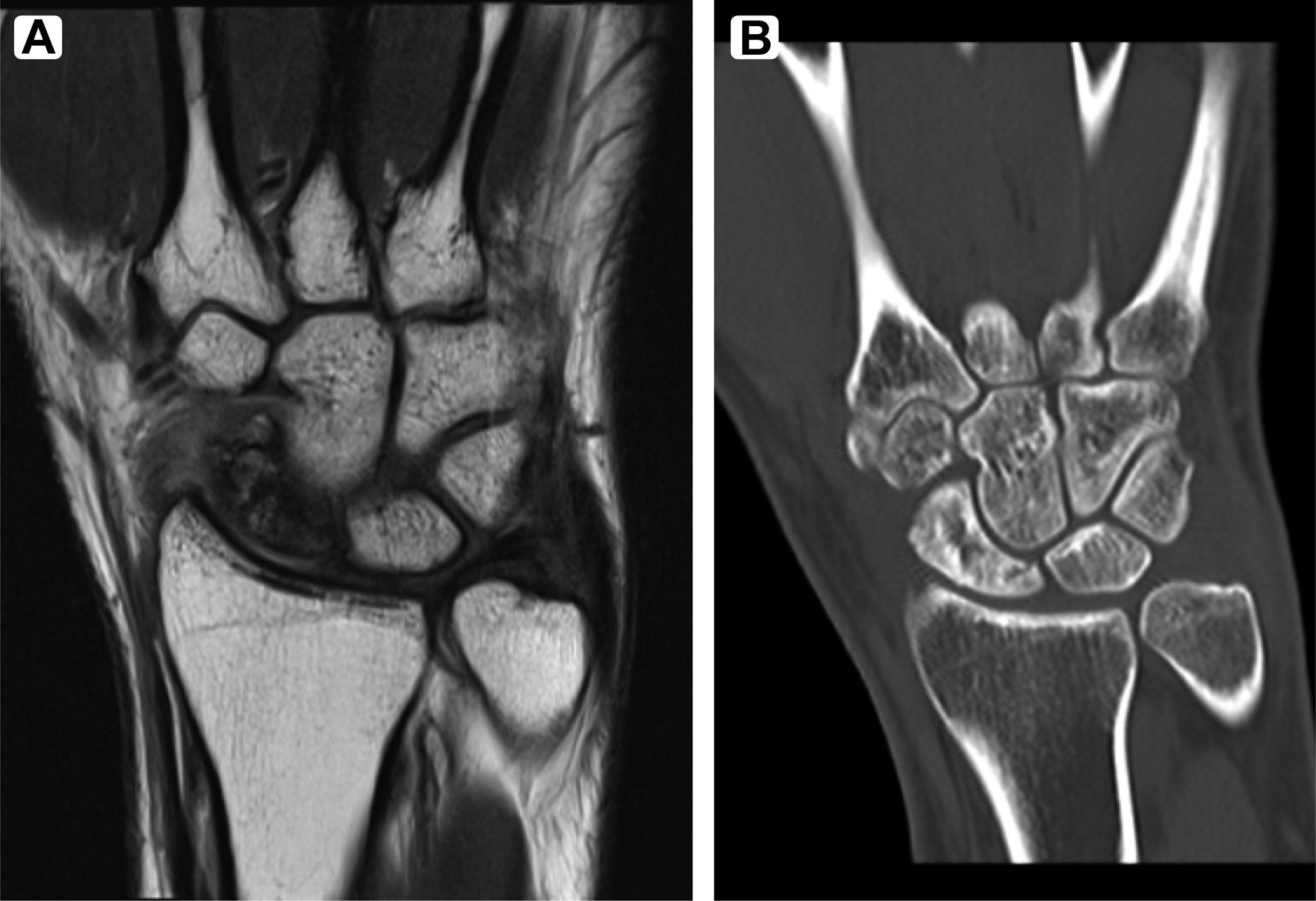
Preiser Disease is a rare condition affecting the wrist, specifically the scaphoid bone. This bone, located near the thumb, can suffer from avascular necrosis, meaning it loses blood supply and begins to die. Symptoms often include wrist pain, swelling, and limited movement. Diagnosis typically involves X-rays, MRI, or CT scans to assess bone damage. Treatment varies based on severity, ranging from immobilization with a cast to surgical interventions like bone grafts or even partial wrist fusion. Understanding Preiser Disease is crucial for early detection and effective management, ensuring better outcomes for those affected.
Key Takeaways:
- Preiser Disease is a rare condition that affects the wrist, causing pain, limited motion, and even arthritis. It's important to recognize the symptoms early for better outcomes.
- Understanding the causes, symptoms, and treatment options for Preiser Disease can help in early detection and prevention, leading to better prognosis and reduced complications.
What is Preiser Disease?
Preiser Disease is a rare condition affecting the wrist, specifically the scaphoid bone. It involves the loss of blood supply to the bone, leading to its gradual death. This can cause pain, limited motion, and even arthritis if left untreated. Let's dive into some intriguing facts about this uncommon ailment.
Causes and Risk Factors
Understanding what triggers Preiser Disease can help in early detection and prevention.
- Avascular Necrosis: The primary cause is avascular necrosis, where blood flow to the scaphoid bone is interrupted.
- Trauma: Wrist injuries, especially fractures, can increase the risk.
- Blood Disorders: Conditions like sickle cell anemia can contribute to the development.
- Steroid Use: Long-term use of corticosteroids may be a risk factor.
- Alcoholism: Excessive alcohol consumption can impair blood flow to bones.
Symptoms and Diagnosis
Recognizing the symptoms early can lead to better outcomes.
- Wrist Pain: Persistent pain in the wrist is a common symptom.
- Swelling: Swelling around the wrist may occur.
- Limited Motion: Difficulty moving the wrist or reduced range of motion.
- Tenderness: The scaphoid area may be tender to touch.
- X-rays: Initial diagnosis often involves X-rays to detect bone changes.
- MRI Scans: MRI scans provide detailed images to confirm the diagnosis.
- Bone Scans: Bone scans can assess the blood flow to the scaphoid.
Treatment Options
Various treatments are available depending on the severity of the condition.
- Rest and Immobilization: Early stages may require rest and immobilization with a cast.
- Medications: Pain relievers and anti-inflammatory drugs can help manage symptoms.
- Physical Therapy: Exercises to improve wrist strength and flexibility.
- Surgery: Severe cases might need surgical intervention to restore blood flow.
- Bone Grafting: Bone grafts can help regenerate the scaphoid bone.
- Vascularized Grafts: These grafts bring their own blood supply to aid healing.
Prognosis and Complications
Knowing the potential outcomes and complications can prepare patients for the journey ahead.
- Healing Time: Recovery can take several months, depending on treatment.
- Arthritis: Untreated Preiser Disease can lead to arthritis in the wrist.
- Chronic Pain: Some patients may experience ongoing pain despite treatment.
- Reduced Function: Permanent loss of wrist function is possible in severe cases.
- Rehabilitation: Long-term rehabilitation may be necessary for full recovery.
Interesting Facts
Here are some lesser-known facts about Preiser Disease that might surprise you.
- Named After: The disease is named after German radiologist Georg Preiser, who first described it in 1910.
- Rare Condition: It is so rare that many doctors may never encounter a case in their careers.
Final Thoughts on Preiser Disease
Preiser Disease, a rare condition affecting the scaphoid bone in the wrist, can lead to significant pain and limited mobility. Early diagnosis is crucial for effective treatment. Symptoms often include wrist pain, swelling, and decreased range of motion. Treatment options range from non-surgical methods like splinting and physical therapy to surgical interventions such as bone grafts or even partial wrist fusion. Understanding the risk factors, like previous wrist injuries or repetitive stress, can help in early detection. While the condition is rare, awareness can lead to better outcomes for those affected. If you or someone you know experiences persistent wrist pain, consulting a healthcare professional is essential. Knowledge about this condition empowers patients to seek timely medical advice and explore appropriate treatment options.
Frequently Asked Questions
Was this page helpful?
Our commitment to delivering trustworthy and engaging content is at the heart of what we do. Each fact on our site is contributed by real users like you, bringing a wealth of diverse insights and information. To ensure the highest standards of accuracy and reliability, our dedicated editors meticulously review each submission. This process guarantees that the facts we share are not only fascinating but also credible. Trust in our commitment to quality and authenticity as you explore and learn with us.
